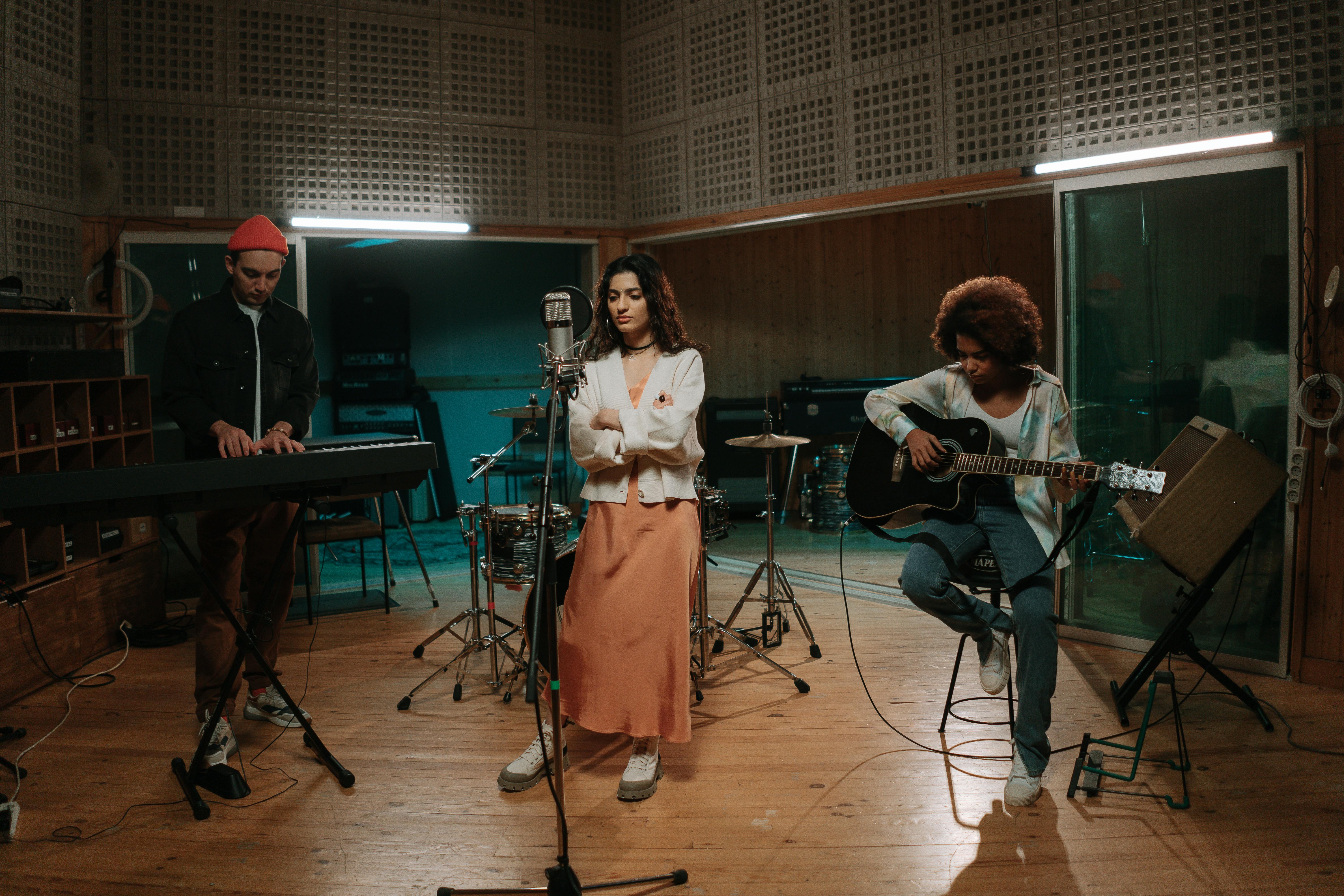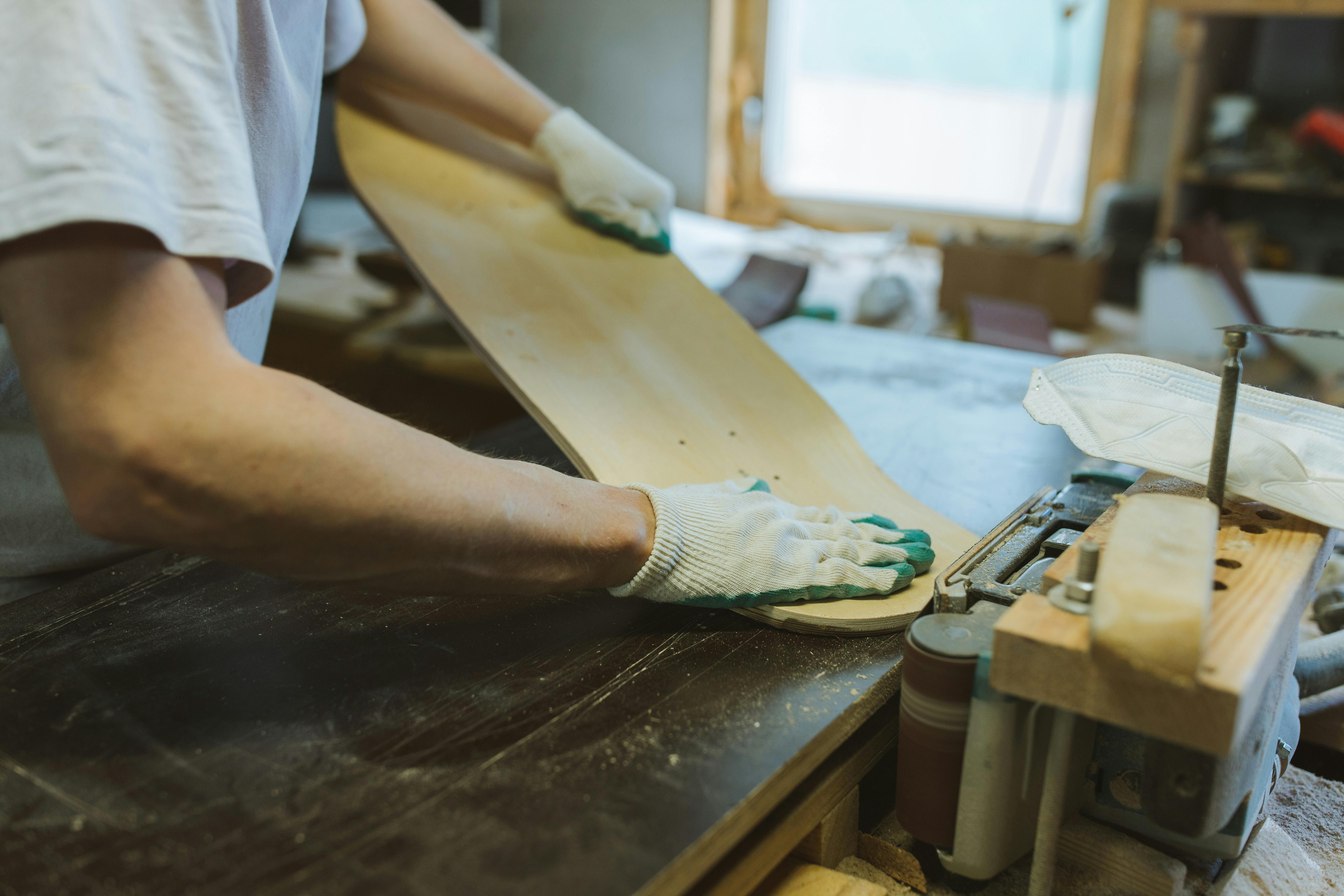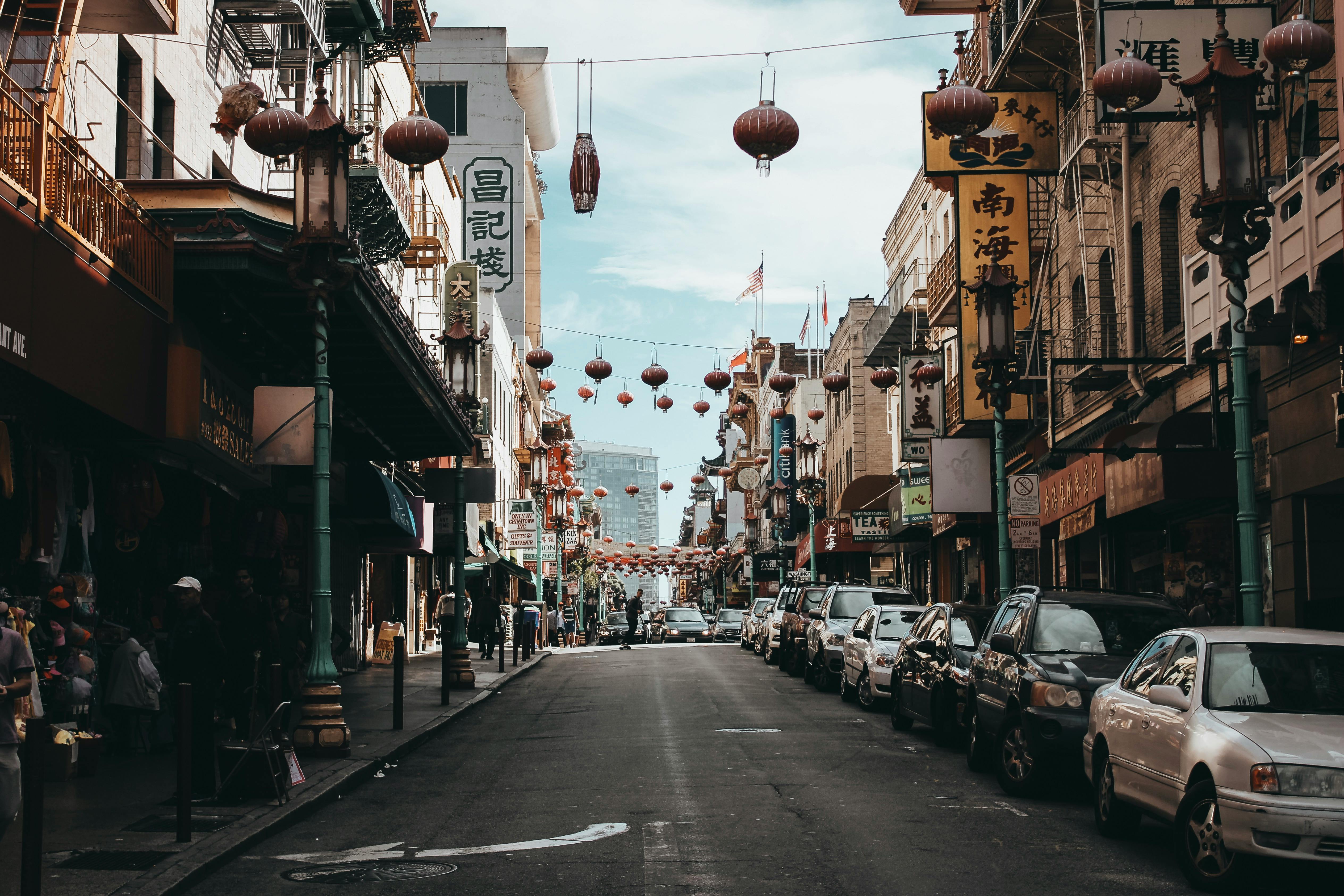Getting ready to live off the grid can be exciting. Finally, you can really make progress towards reducing your carbon footprint.
You are venturing into a new world where you will eventually save money or make money, depending on how much electricity you produce. The process is usually gradual, and as with anything new, there are costs involved.
Here is an overview or rather some of the steps required to set up an off-grid system.
First, study your appliances and calculate the kWh per appliance. The energy produced is measured in kilowatt hours. For example, two 50-watt light bulbs left on for 10 hours generate one kilowatt-hour of electricity (2 x 50 watts x 10 hours).
conserve your energy
Look for hidden high wattage electrical users: one is the 380W glow rod igniter in gas stoves and/or ovens. It is on even while the appliance is heating or cooking.
Install or change your windows from single or double pane to triple pane, especially with green coatings, using argon or krypton gas, although argon gas is cheaper.
Make your doors pass the slam test.
Place spotlights around the house. Spot lighting where it illuminates your workplace—whether it’s watching TV, cooking on the stove, or browsing the Internet on your computer—helps reduce energy use compared to lighting an entire room. Also, rooms with spot lighting feel cozier than cold, harsh, well-lit environments.
Determine if you are going to use only solar energy or only a wind turbine or a solar/wind hybrid system.
Whichever system you have chosen, be sure to check the water levels in your batteries every 3 months and add distilled water if necessary to maintain proper water levels. This ensures that you will get the longest life from your battery, either 5 years or up to 20 years depending on the battery type selected.
Before installing solar panels in a state that has freezing temperatures, be sure to provide a way to clear the panels of snow and ice that can otherwise drastically reduce your electrical output.
Using only one wind turbine
Determine if you are going to build your own windmill. For help and many different windmill projects go to another energy dot com. They even have a forum you can join.
In addition to checking state wind maps, examine the landscape at your home site. Is there deformation of trees/vegetation in the direction of the prevailing winds (indicates strong wind speeds) or is there a lack of noticeable differences in vegetation (indicates low wind speeds)? You can find a Griggs-Putnam index that uses tree deformation to predict wind speed. Also, if you have a seasonal variation in your power needs, make sure it matches your windy season. If so, great. If not, it’s time to think about increasing the size of your wind turbine.
Using only one solar system
Use solar panels to charge electric or hybrid electric car batteries. Why not make full use of your electrical power system and do everything you can to become self-sufficient? If the solar taxi can go around the world, what’s stopping you from driving around town in your electric or hybrid electric vehicle?
Using a solar/wind hybrid
Remember I said that if your heavy power needs are the opposite of your high wind time, you need to increase your wind turbine purchase? If you use a hybrid solar/wind system, forget about oversizing your wind turbine. Having both power sources in place is like having a backup for the wind and vice versa. Thus, you can downscale your models, making your purchases more affordable.
solar water pump
When installing solar panels to pump water in areas of winter snowfall, be sure to mount them on poles high enough to prevent snow buildup and animal damage. The proper inclination is the latitude of the site.
When you plan to pump water from your well, or even a pond, to a higher point, you must estimate the elevation, or height, designated in feet. However, think top down in your head estimate. Also, for a pressurized tank, be sure to add the pump head pressure to the tank water pressure.
In the 1980s, installed systems generally used electronic controls to operate valves and pumps. These had a tendency to fail and it was hard to find technicians who knew how to fix them. Not surprisingly, solar pumps have fallen out of favor until recently.
Some modern systems, believe it or not, tend to be simpler. These are called passive water pumping systems. The 12V PV panel is directly connected to a DC pump. This removes the controls. The following non-toxic antifreeze is heated and circulated to a heat exchanger (HE). Through gravity, the HE allows tap water to circulate through it, which heats 120 gallons in an insulated tank. This is known as a closed loop solar PV hot water pump system. Passive systems can be less expensive than active systems
Active water pumps come in open or closed circuit types. Determine which system is right for you. Active systems use electricity to operate the pumps and controllers and to open and close the valves. This means more expense and will not work in the event of a power loss, but they can be more efficient.
Open-loop active systems are the least expensive, but because they don’t have heat exchangers and therefore don’t use antifreeze, they won’t work in colder climates that are subject to freezing temperatures. They simply circulate the hot water through the collectors from the storage tanks. You can easily scale this system up as long as you realize that hot water temperatures are lower for homes, not commercial use. Standard line pressure will work fine here.
Rainwater on crops
Being off the grid, when one or more critical power components fail, you must provide crucial contingency supplies like water. You can’t just call your local power company and wait a few hours for things to go back to normal. You need to store water to use in those emergencies.
When collecting rainwater from roofs, you need to remove the “first flush” and divert it away from entering your storage tanks. This “first flush” water contains dust and dirt that settled on the roof before the rain. There are a number of methods, from manual to automated, to allow water from the beginning of the rain to be used for landscaping and watering your garden and out of your water storage tank.
Your water storage tank should have a tight-fitting lid and be located away from trees, but in a dark place. Less sunlight hitting the storage tank means less chance for algae to grow, allowing the water to stay clean and fresh.
envelope house
You don’t need a cathedral ceiling to circulate air in your home, you need a wraparound house. The air circulates passively throughout the house.
During the day, the air in the greenhouse rises, and after hitting the peak of the north wall, it is blown into the cellar or basement. This heats up the earth or masonry in the basement tunnel. Conversely, at night the air can be cooler, causing the earth or masonry to give up some of its heat to the air.
If you are building a house, try to use the cool air from the basement to cool the house during the summer by allowing air to move freely from the basement to the first floor of the house through a porous floor or parallel grooves in the floor. about the basement. . Of course don’t forget about the south facing sunroom for the winter months.
Although heat loss and gain is hard to measure, isn’t low cost or little or no need for additional heat really now evidence of significant savings? The covers of the 2 envelopes, as well as the foot or more space between them, produces an R-value of at least 30.
contingencies
food
Over time, all components wear out or break, requiring repair or even replacement. When you’re connected to the grid, you expect utility companies to be prepared and have contingency plans. Just because you’re not attached to the net, why should you be any different? By planning now, any disruption to your power system will be an inconvenience rather than a disaster.
meat or poultry
The whole idea of living off the grid is to save money. If you have to buy freeze-dried or canned meat in addition to tuna, you’re probably spending a lot of money. So having a few animals would provide you with meat without the need for refrigeration.
Some possible poultry suggestions are guinea fowls, musovy ducks, and regular free range chickens, of course kept in a coop.
Guinea fowl are unique in that they are good runners and fliers, at least over short distances. They require a minimum of supplemental feed and forage and do not claw at the ground as normal chickens do. Therefore, if you let them run free, they won’t destroy your garden or lawn like normal chickens would.
Energy
Cheap candles can be bought. The safest will be wide candles with a diameter of at least 2 inches and a height of 4 inches or more. Be sure to purchase a glass base for each candle. Then, as the hot wax drips down, it will hit the glass and cool safely.
Bathroom
Think about the compost toilet. So your recipes require a septic system. Good. Why not install a compost toilet as a backup system? Unused, but ready to use in an emergency.
A compost toilet is truly an ecological system. You have two main bathroom systems at all times. One that is at rest to decompose for a year and another active. The active requires you to drop in a handful of soaker (straw or sawdust) after each use and has an air vent in addition to a drain to expel excess liquid. Now this compost toilet system needs to be checked every day, but the end result is great compost to put in your garden. However, it is not recommended for your garden, as a security measure.
Water
Consider rainwater harvesting as an important contingency plan. Others include additional storage tanks ready to go at a moment’s notice.
Protection
Watchdogs can be placed with herding animals, as well as llamas and donkeys. Now, the guard dogs will take extra care as they don’t eat what the other grass animals do. However, the llama and donkey feed in the pasture, but the llama may be subject to fits of anger or favoritism towards members of a farming family. Yes, the donkey can be stubborn, but its paws and mouth at the same time are enough to scare even me!
Internships
If you find yourself short on space or adequate ordinances to raise animals and/or a garden, consider moving in stages to living off the grid. If you find yourself with space but little money to implement contingency plans, you too can move in stages to living off the grid. That is, use the grid as your backup plan until you have most of the components in place for comfortable off-grid living. Until then, focus on developing an alternative energy source, such as wind or solar, and a contingency plan, such as animals or food storage, whether canned, freeze-dried, or both.



